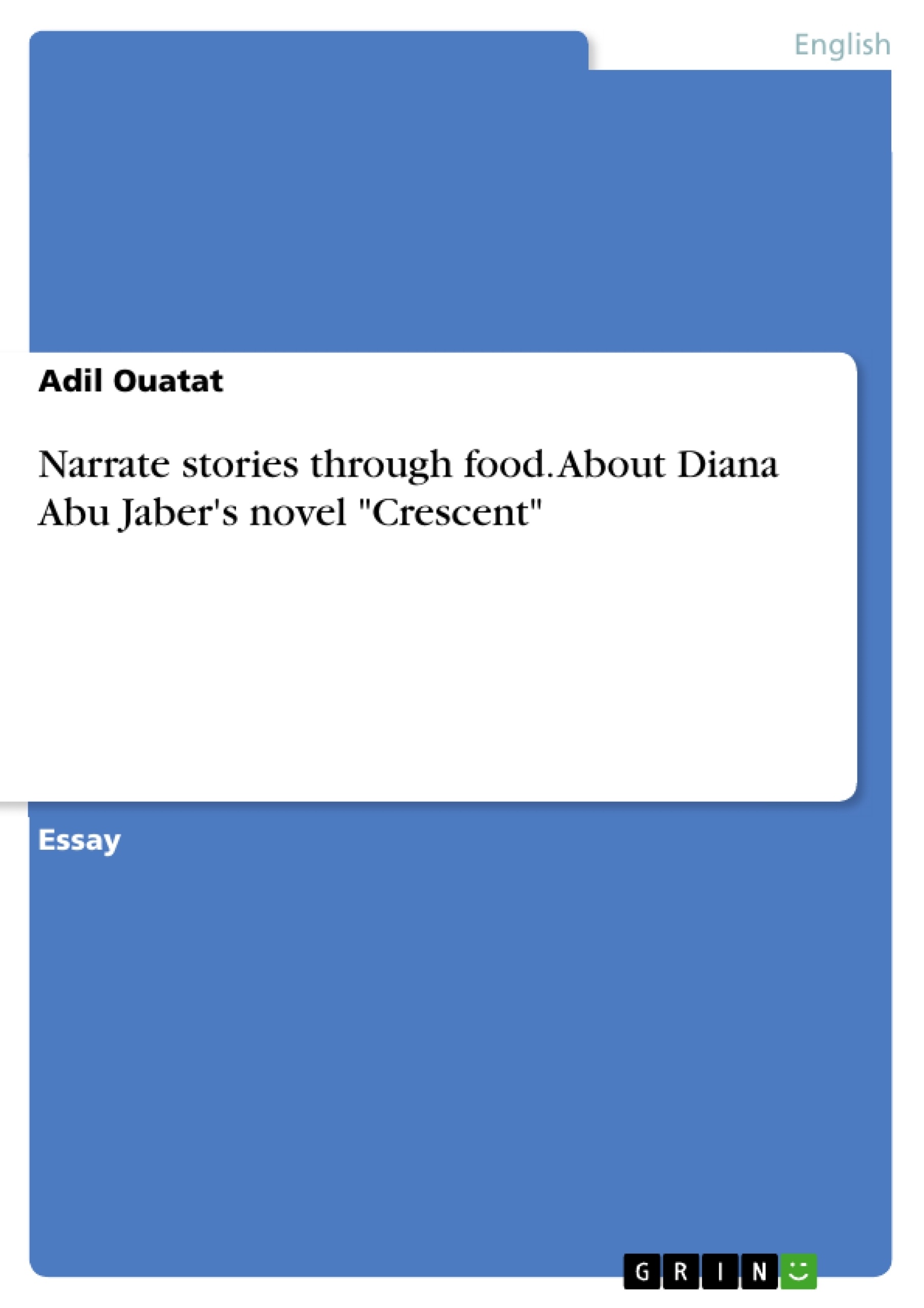Diana Abu Jaber in her novel Crescent uses food as a complex language to communicate love, memory and exile. Food also is a metaphor by which Abu Jaber questions the symbolic boundaries embodied in culture, closes, and ethnicity. Food is a real conservatory of the homeland memories and gives up the possibility to imagine mingled identities and traditions. In the novel, the food stands to use a metaphor that deals with the presence and absence of cultural and familial bands. Furthermore, food builds the act of narration through the actions which come to pass in kitchens; those actions mark the pain of exile and loss as well as the hope of family and community. To put it differently, the kitchen becomes “first things taste” which refers to be a cupboard or a “shrine” (Shihab, 1995). So, Abu Jaber uses food to build space in which the possibilities of peace, love and community that are imagined. Lisa Suhair Majaj in Arab American literature and politics of memory suggests that Nye’s poetry “explores the markers of cross cultural complexity” (Majaj, 1996). From this point, Dina Abu Jaber’s novel tends to discuss the act of cooking and food. The character Aziz who is a poet quotes “let the beauty we love be what we do, there are hundreds of ways to kneel and kiss the ground” (Jaber, 2004). Carolyn Korsmeyer states that “eating together is a common signal among most peoples for friendship, tierce or celebration” she adds, “Both eating and narrative are cultural practices. When food is treated in fiction therefore, it brings to light the way eating may achieve significance within the tradition the narrative in question addresses or in which it participates” she adds that “the intimacy of eating trust presumed the social equality of those who sit down together, and the shared tastes and pleasures of the table”. (Korsmeyer, 1999)
In this vein, food can be analyzed in non-verbal dimension as well as be listed as cultural experience that cannot be readily translated
Inhaltsverzeichnis (Table of Contents)
- Narrate Stories through food:
- Food as a Language of Migration and Nostalgia
- Food as a Contact Zone
- Food as an Act of Translation
- Food as a Humanizing Force
- Food as a Symbol of Identity
- Food as a Source of Strength and Healing
- Food as a Metaphor for Hybridity
- Food as a Fluid and Slipper Identity
- Food as a Third Space
Zielsetzung und Themenschwerpunkte (Objectives and Key Themes)
This novel explores the role of food in shaping identity, memory, and cultural experience. It aims to delve into the complexities of intercultural relationships and the ways in which food can act as a bridge between different cultures.
- The power of food to communicate love, memory, and exile
- The use of food as a metaphor for cultural boundaries
- Food as a contact zone for intercultural exchange
- The role of food in creating and preserving cultural identity
- Food as a tool for understanding and humanizing individuals from diverse backgrounds
Zusammenfassung der Kapitel (Chapter Summaries)
The novel explores the themes of food, identity, and migration through the experiences of various characters. The story focuses on Serine, an Iraqi-American chef who uses food as a way to connect with her heritage and navigate her bicultural identity. Her uncle's storytelling, intertwined with the act of preparing and sharing meals, serves as a vehicle for transmitting Iraqi culture and history.
Schlüsselwörter (Keywords)
The main keywords of the text include food, identity, culture, migration, intercultural communication, contact zone, translation, hybridity, and Arab-American literature.
- Quote paper
- Adil Ouatat (Author), 2018, Narrate stories through food. About Diana Abu Jaber's novel "Crescent", Munich, GRIN Verlag, https://www.hausarbeiten.de/document/441310


